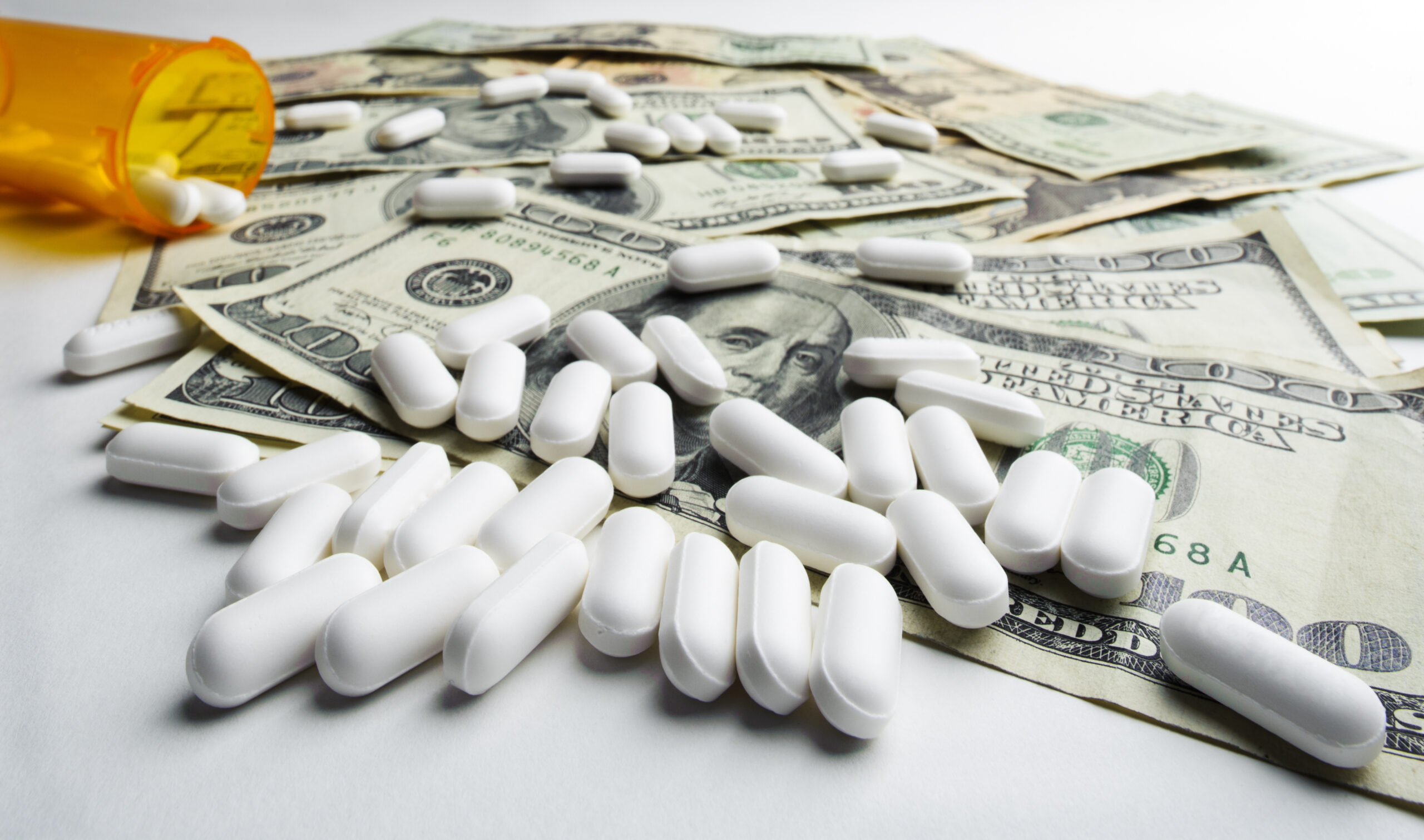© 2024 CSRXP- All Rights Reserved

Big Pharma Needs To Be Held Accountable For Lead Role In Rising Insulin Prices
Apr 10, 2019
On Wednesday, executives from the three biggest makers of insulin, Novo Nordisk, Eli Lilly and Sanofi, will testify before the U.S. House Committee on Energy and Commerce Subcommittee on Oversight and Investigations on a hearing about the rising cost of insulin. These companies say that they’re for affordability and access for patients, but their track record proves otherwise.
The fact is: Eli Lilly, Novo Nordisk and Sanofi control 99 percent of the marketplace and face no true generic competitor to drive down prices. With this level of market control and absence of competition, there’s nothing to stop them from raising prices.
Here are just a few examples of how insulin makers have jacked up the price of their drug:
- “When Charted Side By Side, The [Three Manufacturers’] Price Increases Seem To Be In Synch,” Something Known As Shadow Pricing. “In most industries, competition drives down prices. In this case, the competitors appear to increase prices side-by-side – something that’s been referred to as ‘shadow pricing.’ At least three companies – Eli Lilly & Co., Novo Nordisk, and Sanofi Aventis – make and sell insulin. Despite this competition, prices have steadily climbed over the past decade, taking single or double-digit list price increases in a year. A 10 milliliter vial of Sanofi’s long-acting insulin, Lantus, first hit the US market at $34.81 a vial in 2001, according to data from Truven Health Analytics … In other words, the competition seems to have done nothing to push prices down. In fact, when charted side by side, the price increases seem to be in synch.” (Lydia Ramsey, “There’s Something Odd About The Way Insulin Prices Change,” Business Insider, 9/17/16)
- The Cost Of Insulin Jumped “By 700 Percent In Just Two Decades.” “Insulin, a life-saving medication used to treat diabetes, was discovered nearly 100 years ago, yet the price of the drug has now spiked by 700 percent in just two decades.” (Serena Gordon, “Insulin Prices Skyrocket, Putting Many Diabetics In A Bind,” CBS News, 11/29/16)
- The Price Of A 10-Milliliter Vial Of Eli Lilly’s Humalog Insulin Cost $21 In 1996, But The Same Vial Now Costs $275. “In 1996, when Eli Lilly debuted its Humalog brand of insulin, the list price of a 10-milliliter vial was $21. The price of the same vial is now $275. Those costs can be compounded by the multiple vials that diabetics may require to survive each month.” (Tiffany Stanley, “Life, Death And Insulin,” The Washington Post, 1/7/19)
- “Sanofi’s Popular Insulin Brand Lantus Was $35 A Vial When It Was Introduced In 2001; It’s Now $270.” (Tiffany Stanley, “Life, Death And Insulin,” The Washington Post, 1/7/19)
- “Novo Nordisk’s Novolog Was Priced At $40 In 2001, And As Of July 2018, It’s $289.” (Tiffany Stanley, “Life, Death And Insulin,” The Washington Post, 1/7/19)
- Despite Growing Scrutiny Over Drug Pricing, In January 2019, Sanofi and Novo Nordisk Raised The List Price Of Insulin By As Much As 4.9 Percent. “Drugmakers kicked off 2019 with U.S. price increases on more than 250 prescription medicines by Jan. 2. That total has almost doubled, with pharmaceutical companies hiking prices on nearly 490 drugs by Jan. 10, according to Rx Savings. This includes insulin price hikes of between 4.4 percent and 5.2 percent by Sanofi and 4.9 percent by Novo Nordisk. Sanofi said its increases were below the Centers for Medicare & Medicaid Services projections for medical inflation, and that it expects net prices to drop in 2019.” (Michael Erman, “J&J Raises U.S. Prices On Around Two Dozen Drugs,” Reuters, 1/10/19)
The hearing Wednesday will build on several hearings already held this Congress calling attention to the impact of rising insulin prices. In those earlier hearings, patients and families offered harrowing testimonies on their inability to afford this life-saving drug. Affordability has become such a problem that one-quarter of patients with Type I or Type II diabetes have turned to rationing their medication – and sometimes the results are deadly.
The ability to afford medication should never be a matter of life or death. CSRxP applauds lawmakers on both sides of the aisle for holding another important hearing on rising drug prices and encourages them to hold insulin makers accountable by supporting market-based solutions to lower the price of prescription drugs.
###
